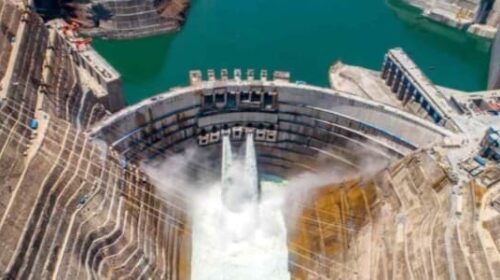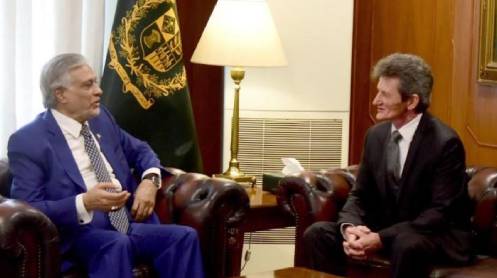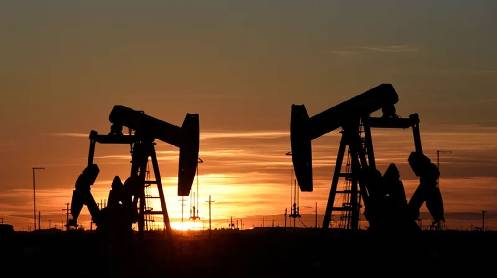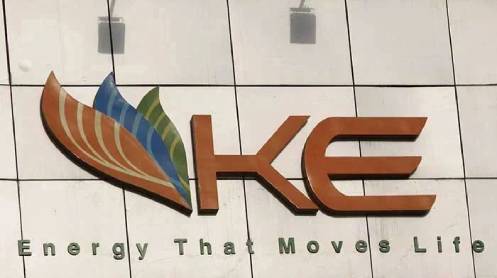LAHORE: Water and Power Development Authority (WAPDA) will add as much as 10,000MW of low-cost, green and clean hydroelectricity to installed power generation capacity of the country by 2030 with phased completion of its under-construction projects.
Consequently, according to WAPDA Chairman Lt Gen Sajjad Ghani (retd), this would double the country’s hydropower generation to about 20,000MW from the current 9,500MW, that WAPDA has been able to develop during the last 65 years.
In addition, he added, gross water storage capacity in the country would also enhance by another 12 million acre feet. “This will be a major contribution by WAPDA for economic stability and social uplift of Pakistan,” Ghani said.
Addressing the first conference of the general managers and project directors, Ghani said this event was organised to review the progress on the under-construction projects and discuss the issues to find out ways and means for effective implementation of these projects.
The chairman said that WAPDA has been a tremendous organisation that has been leading national development for decades. “However, there is a dire need to integrate this organisation and synergise our energies in view of the emerging challenges faced by Pakistan for water, food and energy security,” he added.
Referring to the development portfolio of projects in hand, the chairman said that WAPDA was perhaps the only organisation in the world that was simultaneously constructing the largest number of water and hydropower projects.
“This is a mammoth task, which has brought along the challenge; the challenge to complete these projects on time,” he further said.
Ghani expressed the hope that the general managers and projects directors would put in their best efforts to come up to the expectations of the nation in this regard.
During the 2-day conference, the general managers and projects directors made detailed presentations about their projects, which include Diamer Basha Dam, Dasu Hydropower Project, Mohmand Dam, Tarbela 5th Extension, K-IV, Nai Gaj Dam, Kurram Tangi Dam, Kachhi Canal etc.
Member finance, member water, member power, general managers and projects directors from across the country attended the conference.
Pakistan’s December energy shares were nuclear energy 27.15 percent (or 2,284.8 GWh) generated at Rs1.073/unit, followed by hydro with 20.44 percent (1,720.4 GWh), coal-based power 18.1 percent (1,520.9 GWh) at Rs11.5/unit, natural gas 15.13 percent (1,273.8 GWh) at Rs10.5/unit, and RLNG 13.7 percent (1,153.7 GWh) at Rs20.2/unit.





